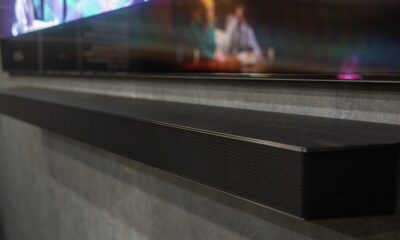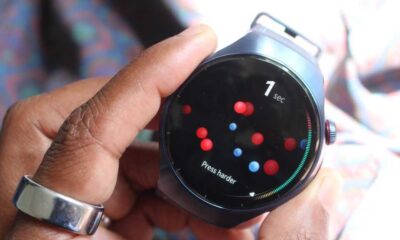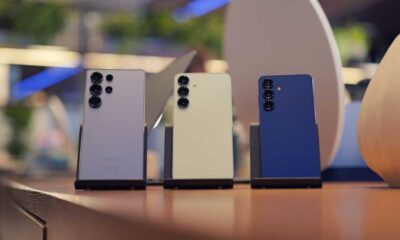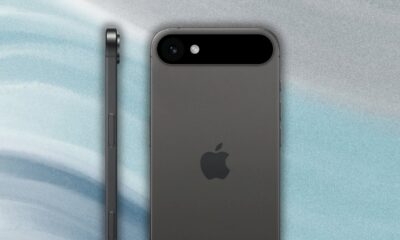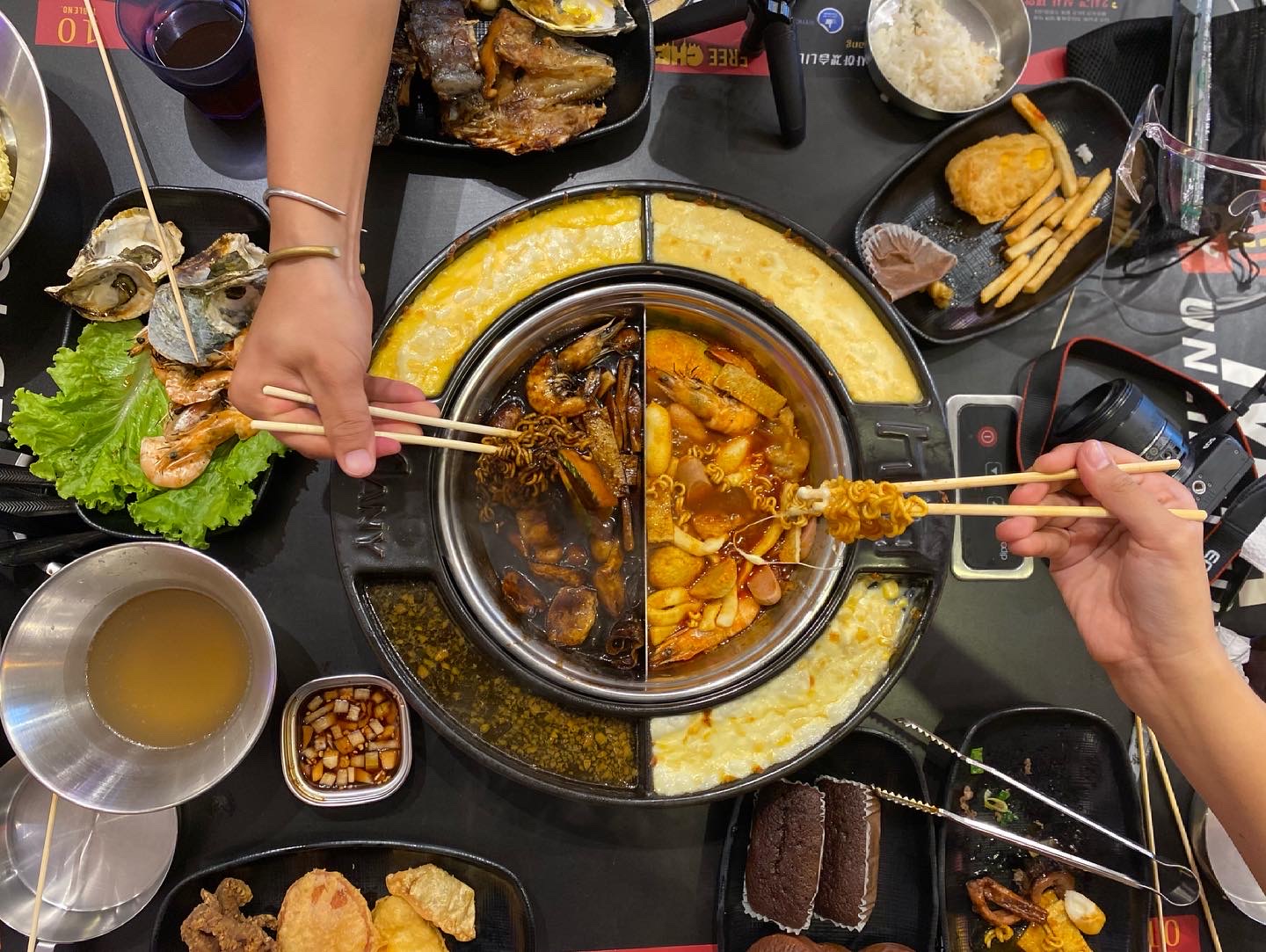Gadgets
Google Pixel 9 Pro vs Samsung Galaxy S25 Ultra: Camera Comparison Review
The Google Pixel 9 Pro and Samsung Galaxy S25 Ultra are two of the best phones you can buy right now, largely because of how good their cameras are. The question is, which one is the better camera phone?
What makes a capable camera phone has changed a lot over the years. At first, it was simply about more megapixels, then larger pixels, then more lenses at different focal lengths, pixel binning, variable apertures, improved forms of optical image stabilisation and most recently, the integration of machine learning and, by association, AI into the imaging pipeline.
The Google Pixel 9 Pro and Samsung Galaxy S25 Ultra offer up all of these technologies in varying quantities, in the pursuit of photographic supremacy. I’ve taken them out and about, taking hundreds of photos to closely analyse how they perform in different conditions and scenarios.
While both have already earned their place in Tech Advisor’s rundown of the best camera phones, this camera comparison will help you decide which is the best camera phone for you.
Note: Unless otherwise specified, shots are presented with the Pixel 9 Pro camera samples on the left and the Galaxy S25 Ultra’s samples on the right.
Main Sensor
Starting simple, let’s see how each phone’s main sensor handles some everyday environments.
Imagine you’ve just seen your shot, pulled out your Pixel 9 Pro or Galaxy S25 Ultra, opened up the camera app and tapped the shutter, without changing any settings. Here’s what each phone produced:
St Paul’s Cathedral
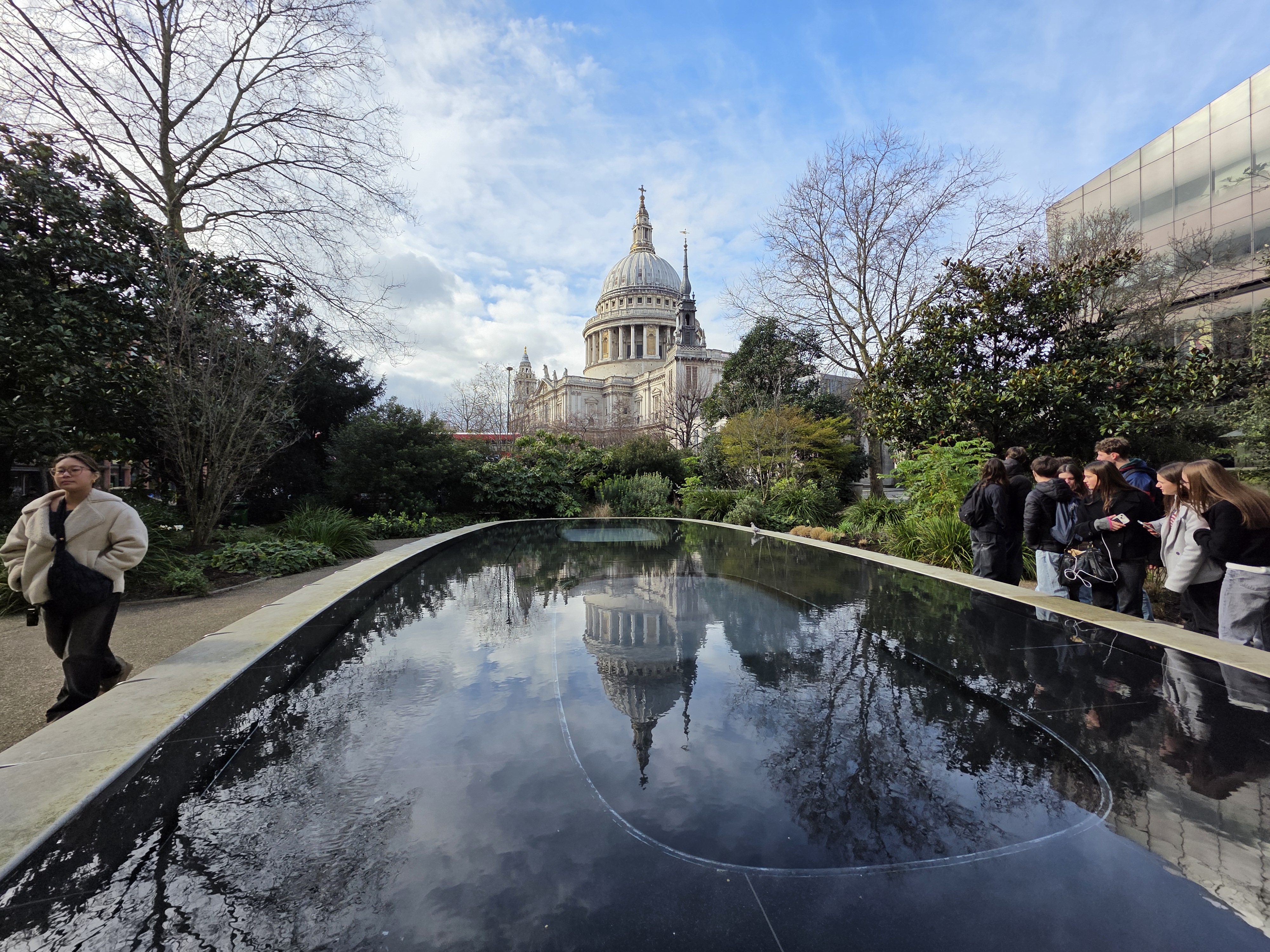
In this bright scene, both phones performed admirably with regards to exposure, dynamic range and detail, but there’s a clear difference in how these images have been processed.
The colour science used by each phone is distinctly different, with the Pixel erring towards a magenta tint, while the Galaxy sports more prominent yellow tones. This is a trait that we’ve seen from previous entries in both phone series, respectively, but it’s always a surprising contrast when comparing like for like.
The Pixel 9 Pro’s shot also serves up a tonally more muted, but higher-contrast image, that’s closer to what the naked eye sees, while Samsung’s propensity for heavier-handed post-processing gives the S25 Ultra’s shot a more intentionally ‘HDR look’, along with more vibrant colours.
If it’s authenticity you’re after, the Pixel has it, but the Samsung served up the more social media-worthy shot here.
The Gherkin
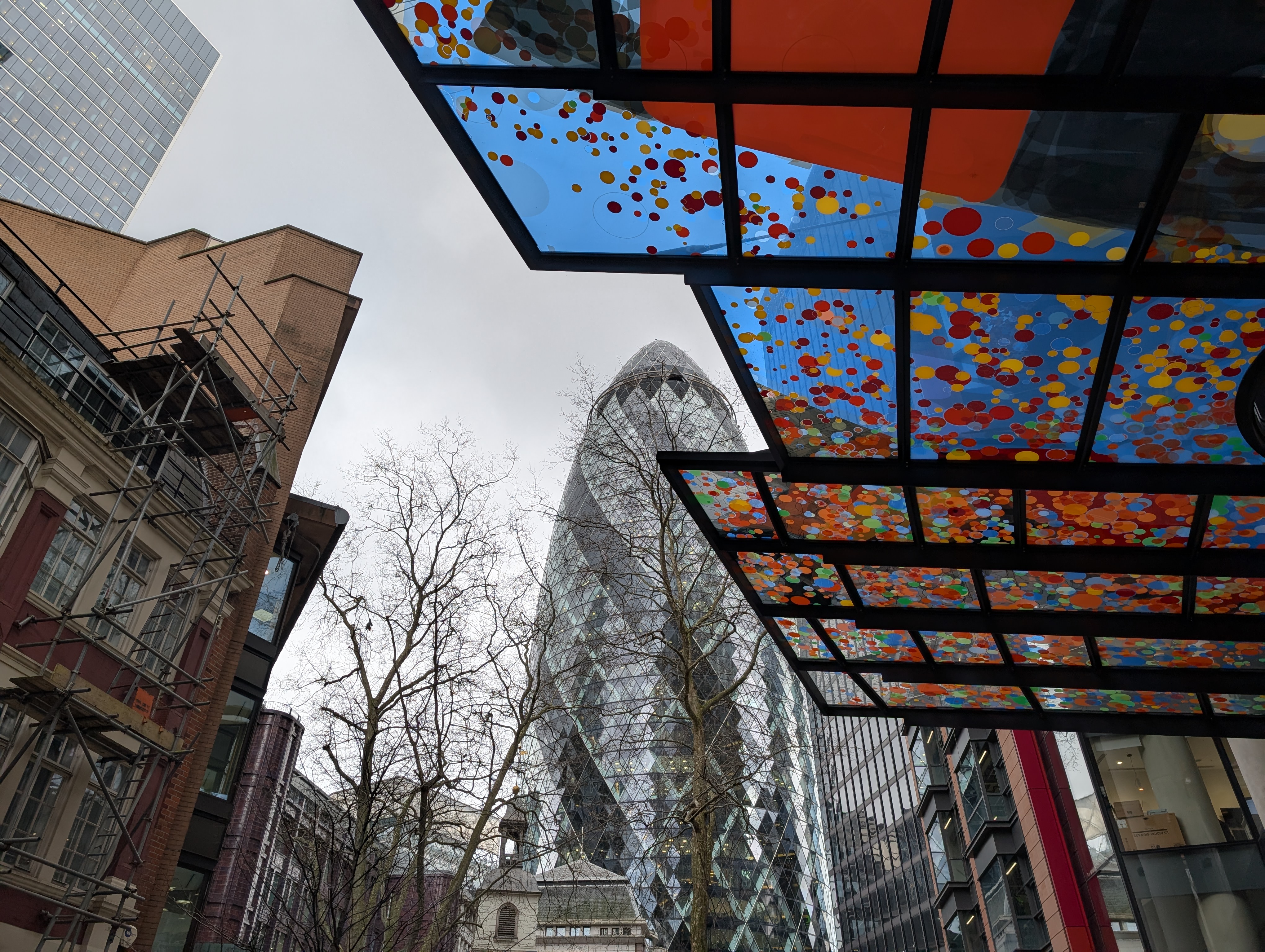
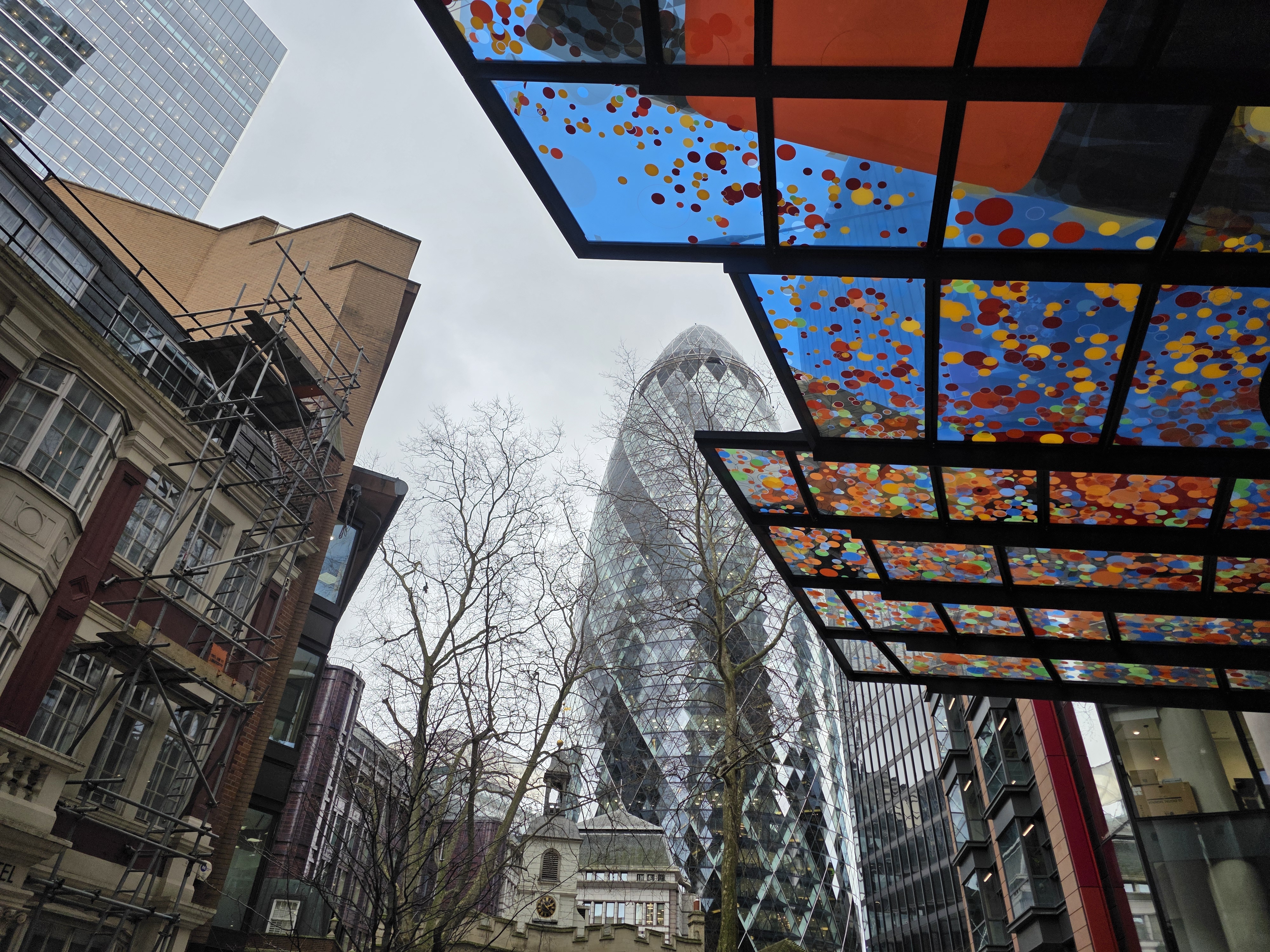
In an effort to see how each phone more directly handles colour reproduction, here the glass roof on the right of frame reinforces the Pixel’s preference for muted authenticity, while the dynamic range processing leaves surrounding elements – like the painted plum brickwork on the left of frame – under-exposed.
Samsung’s HDR processing does a better job of exposing the whole scene, while also preserving more cloud detail than the Pixel in the brightest parts of the shot, however, grain and detail loss in the darker areas is far more evident too.
Atrium
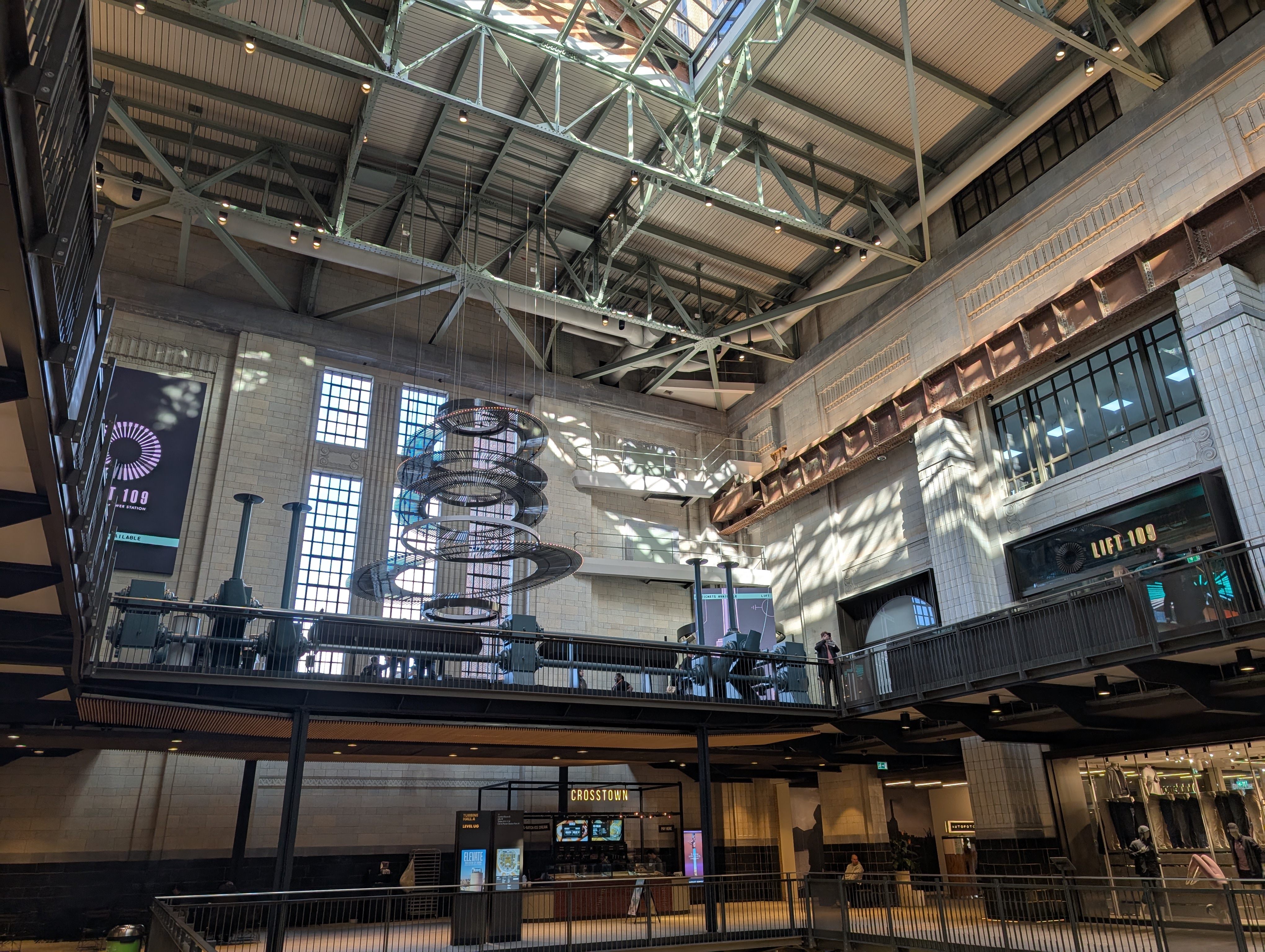
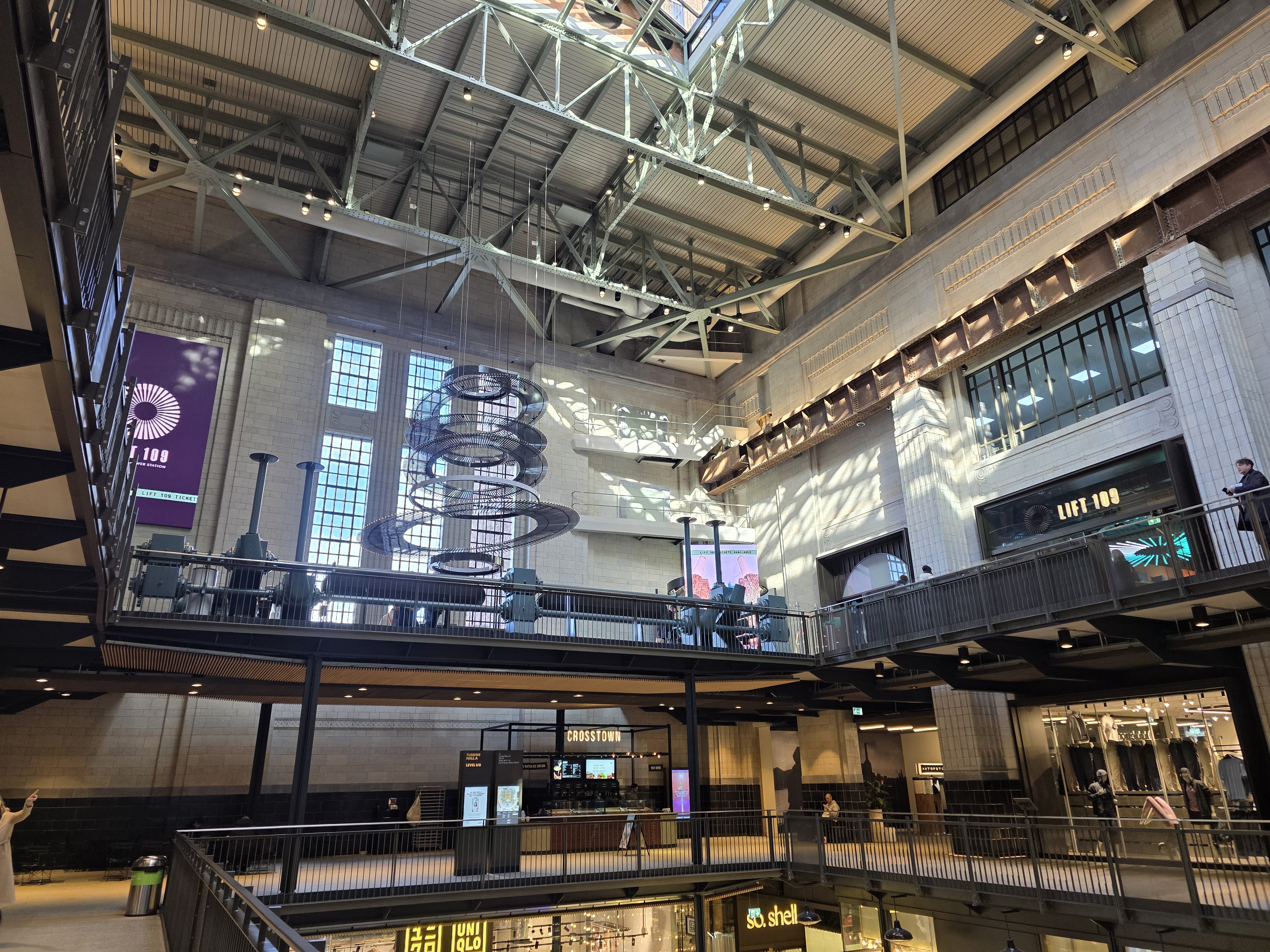
The indirect and artificial lighting in this atrium shot poses a very different challenge to each camera phone. The Pixel captured a more dramatic scene, which leaves room for the darkest areas of the environment to exist more authentically, in comparison to the flatter, overall brighter shot taken by the S25 Ultra.
Samsung’s superior HDR processing does manage to retain some of the sky through the large, bright window on the left of frame, which is otherwise completely blown out on the Pixel’s shot (where the phone also struggles to reconcile light defusing through that circular hanging sculpture).
The Galaxy’s more heavy-handed processing leaves you with oversaturated colours, but crisper details, compared to the Pixel (as evident by the rivets in the beams across the top of the frame).
Zoom
It should come as no surprise that, like its predecessors, the Galaxy S25 Ultra is better equipped than the Pixel when it comes to hardware made for shooting at range, but that doesn’t mean you should count the Pixel out.
Google’s latest can capture through 0.5x, 1x, 2x, 5x, 10x and a peak 30x magnification, with sensor cropping allowing for lossless optical zoom at 2x and 10x, without the need for additional sensors.
The Samsung features dedicated 0.6x, 1x, 2x, 3x, 5x, 10x, 30x and 100x focal lengths, again with sensor cropping for 2x and 10x magnification, along with an additional 3x telephoto sensor that’s completely absent from the Pixel’s hardware.
As with other shots, the Pixel adopts a warmer, almost magenta-tinged set of samples, while the S25 Ultra delivers better white balance throughout its zoom range.
Although there’s a consistency to contrast, detail and dynamic range throughout each phones’ samples, when cropping in, the Pixel’s post-processing does a better job of maintaining fine detail at any focal length, while there’s a clear difference in detail retention between the optically-zoomed shots and the sensor-cropped shots of the Galaxy S25 Ultra.
Low Light
A real test for any phone camera is how it handles low-light shooting.
Less light pushes phones to resort to bracketing and combining multiple shots in order to accurately depict colours while minimising unwanted artefacts, likes blur, grain and noise.

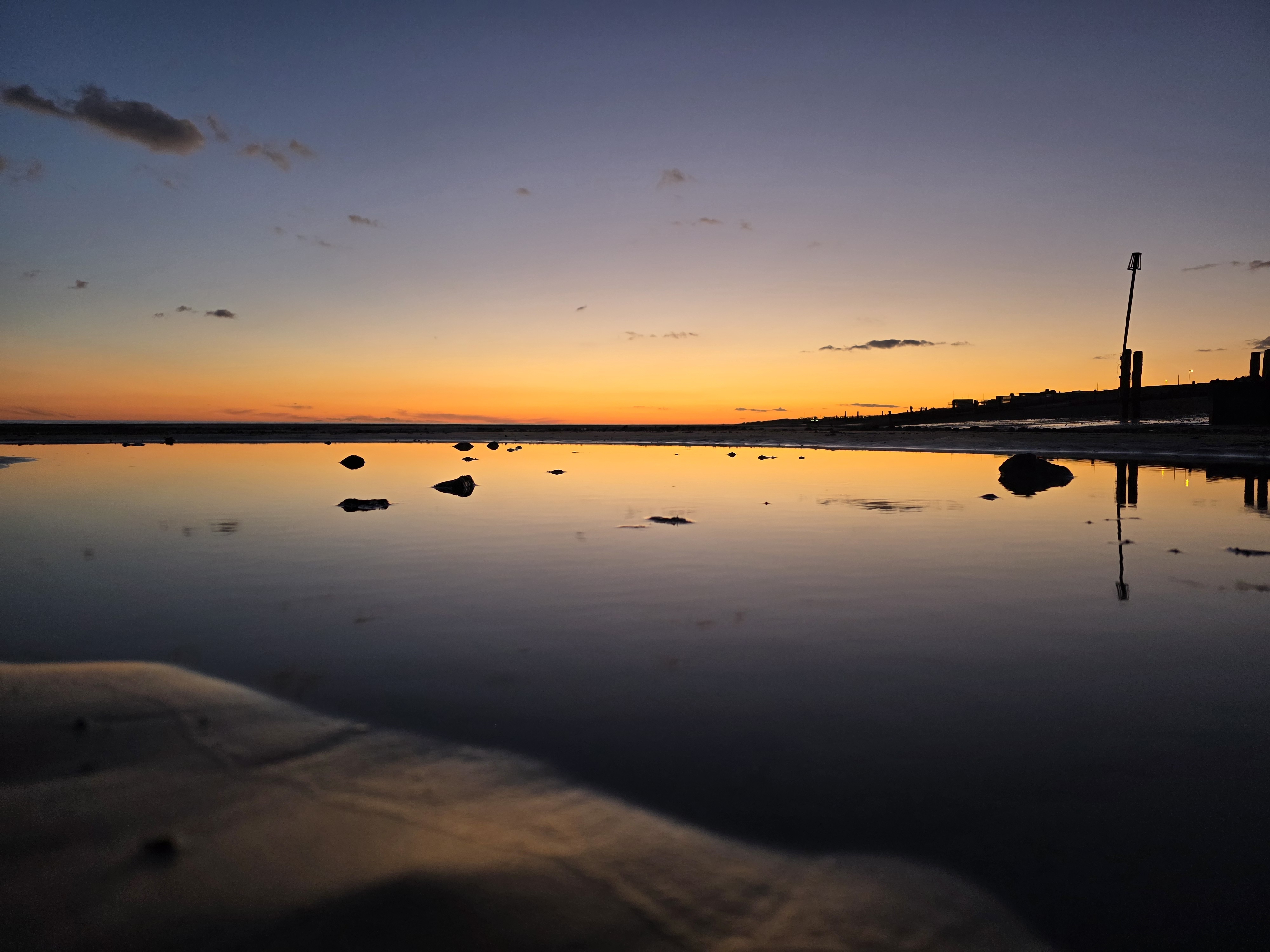
In the case of the Pixel 9 Pro, its magenta-leaning colour space results in a more dreamlike shot, with a violet sky, transitioning through pink to a deep vermillion, whereas the Samsung once again showcases more realistic white balance, with truer blues and, again, a penchant for yellow tones towards the horizon.
Fine detail is pretty on par when scrutinising the silhouetted elements in the scene across both devices, however, in spite of its more artistic interpretation of colours in the scene, the Pixel takes the technically superior shot here, with none of the colour banding visible in the sky on the shot taken by the S25 Ultra, as well as significantly less noise and grain in the darkest areas of frame.
It also manages to capture higher quality foreground bokeh (most evident in the sand near the bottom of the frame) than the Ultra, an aspect that Samsung’s top phones are known to be strong in.
Portrait Mode
By default, both of these phones shoot portrait mode images with a 2x crop (which most closely matches the focal length of the human eye for more natural-looking subjects).
If it’s versatility with this mode you’re after, though, the Galaxy S25 Ultra also allows for portrait shooting across its 1x, 3x and 5x focal lengths too, while you’re limited to just 1.5x and 2x, with the Pixel 9 Pro.

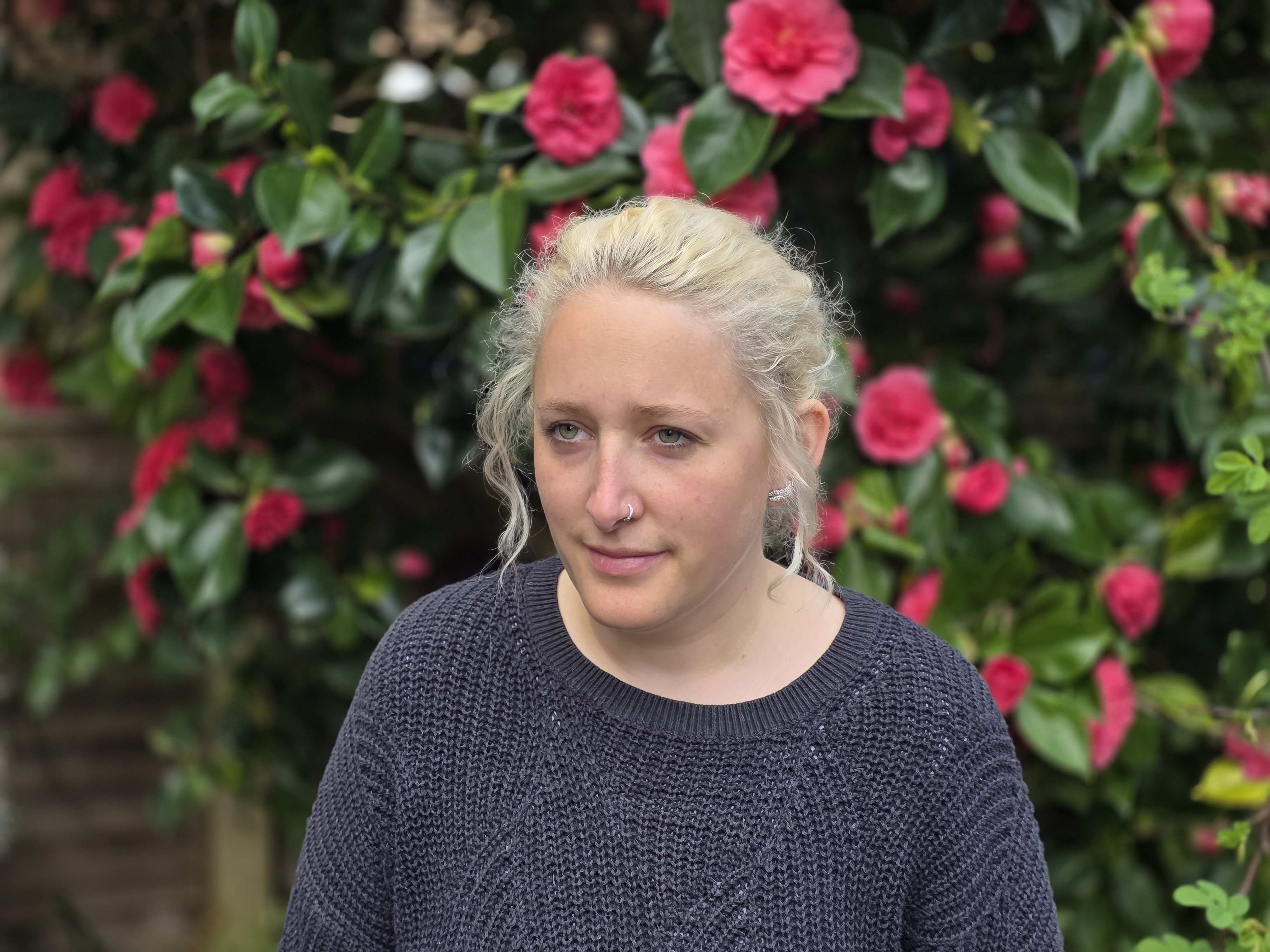
As for the shots, the Pixel delivers a more natural look, with dark areas remaining dark, attractive skin tones and good detail.
The S25 outshines the 9 Pro, with its superior edge detection, which doesn’t stumble around the wisps on hair near Ellie’s neck in the same way, while better separating subject from background and serving up more attractive, realistic-looking bokeh too.
What isn’t as convincing is the post-processing. The whole shot is uniformly brighter, but it’s evident the face and, in particular, the eyes have been brightened and enhanced too.
As a result, you once again get an image that appears to sport an intentionally-HDR look, for better or worse.
Selfies


Similarly to portrait shooting, selfies on these phones are cropped by default, but for the purposes of this comparison, I’ve punched out to show you the full field of view able to be captured by each phone’s front-facer; important for those who like to take group shots.
Out of the gate, this highlights the fact that you can fit a lot more in-frame with the Pixel.
You appear to get a similar degree of dynamic range, based on the above samples, with much more consistent colour reproduction between both phones.
The S25 Ultra does capture the more vibrant of the two images, but the difference is far less pronounced than with their rear cameras. The HDR processing creates a strange bloom effect around the blossoms on the left of the frame, however, not seen on the more accurate shot taken by the Pixel 9 Pro.
Google’s latest also manages more even exposure on the face, with more authentic skin tones and superior detail, compared to the S25 Ultra.
Video
While there’s a lot of depth to each phones’ video capabilities, with tricks like the Pixel’s Video Boost upscaling and the S25 Ultra’s LOG video recording, but for this test, it’s just a case of pitting default 4K/60fps footage out of each phone against one another.

Luke Baker
The Pixel is consistently weaker here, with more noise and in darker parts of the frame and in the presence of fast motion, as if the company’s ingenious image processing algorithms can’t be adapted to video on-device.
By comparison, the S25 Ultra’s video looks cleaner and a touch more vibrant (like its photos), with superior sound, thanks to a little more depth versus the Pixel’s recorded audio.
Both phones also feature an ‘Audio Eraser’, which in both cases does an excellent job of isolating different sounds (like ‘speech’, ‘nature’, ‘wind’ etc.) and giving you control of where they fall in the mix. You can even remove elements completely if you wish.
While this feature works surprisingly well, often preserving enough fidelity to not come across as over-processed or compressed, the S25 Ultra’s rendition sounds fractionally more convincing than the Pixel’s.
See also How to make an AI action figure with ChatGPT
-

 Destination8 months ago
Destination8 months agoSingapore Airlines CEO set to join board of Air India, BA News, BA
-

 Breaking News9 months ago
Breaking News9 months agoCroatia to reintroduce compulsory military draft as regional tensions soar
-

 Tech News11 months ago
Tech News11 months agoBangladeshi police agents accused of selling citizens’ personal information on Telegram
-

 Gadgets3 months ago
Gadgets3 months agoSupernatural Season 16 Revival News, Cast, Plot and Release Date
-

 Productivity11 months ago
Productivity11 months agoHow Your Contact Center Can Become A Customer Engagement Center
-

 Breaking News9 months ago
Breaking News9 months agoBangladesh crisis: Refaat Ahmed sworn in as Bangladesh’s new chief justice
-
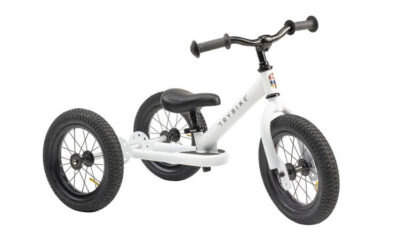
 Toys11 months ago
Toys11 months ago15 of the Best Trike & Tricycles Mums Recommend
-

 Gadgets1 week ago
Gadgets1 week agoFallout Season 2 Potential Release Date, Cast, Plot and News

